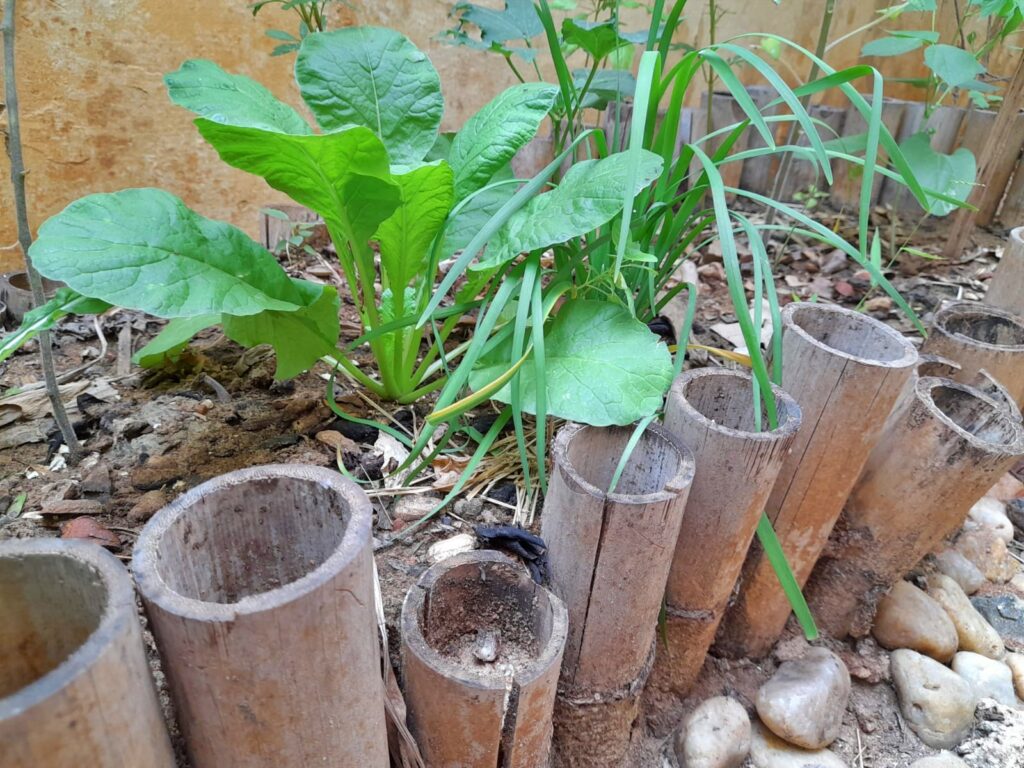Best soil for raised bed gardens

Growing vegetables in raised bed gardens has several benefits. Raised beds are easier to work with, have good drainage and you can control the type of soil you put in it. If the soil in your garden is not great for cultivating vegetables then having raised bed gardens is a must. The standard size for a raised bed is 4 feet wide and 8 feet long. Filling raised beds with the right kind of soil, helps veggies to grow well.
For filling the raised beds you will need a lot of soil. You can either take topsoil from your backyard where there are no plants or buy soil bags from garden stores. You can also buy soil from soil delivery. When you buy soil from garden stores make sure you buy soil that has labels such as soil for growing vegetables and herbs. If you are planning to buy soil from soil delivery make sure that you know where the soil comes from. Soil that is taken from barren lands has no nutrients and you have to add more organic content to it. To know how much soil your raised beds need you can use a soil calculator.
Soil mix for raised beds
In general, the soil mix would be Topsoil 50%, Organic compost 40% and Coconut coir 10%.
You can use either coconut coir or peat moss but it’s better to use coconut coir as peat moss is a non-renewable resource and takes thousands of years to regenerate once it is harvested.
To fill your raised beds with soil, first fill the base of the raised bed with cardboard, wood branches and barks. Then fill the raised bed with the soil mix. Once you have filled the raised bed, mulch the raised bed with leaves.
Once you have filled your raised bed, you don’t have to remove the soil and replenish it entirely. It is a tedious process and is not necessary. You can add organic matter and compost regularly to maintain soil fertility. You can also grow cover crops to replenish nutrients in the soil. Here are some cover crops to grow in your garden.
Read more:
